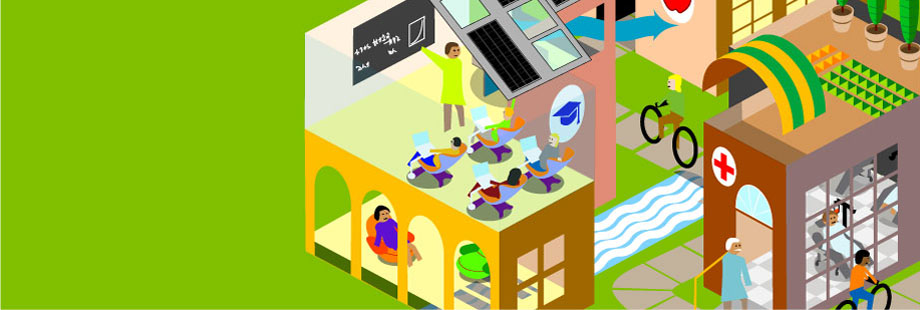Finding Empathy for Users: A Plain Language Model
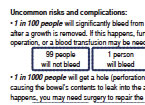
When information is Bureaucratic, Unfamiliar, Rights-Oriented, or Critical. In these situations, when people face big issues and important decisions, plain language is a critical part of user experience. [Read More]
Useful Personal Health Records: Designing for Accessibility and Innovation

Designing specifically for people with disabilities can lead to electronic personal health records that are not only accessible, but innovative, useful, and beneficial for everyone. [Read More]
Usability Testing for Healthcare Portals: Even Small Problems Add Up

Want to fix the web portals for a major government initiative? Usability testing with health consumers helped improve CoveredCA, a portal in California. [Read More]
Usability in Healthcare: A ‘Wicked’ Problem
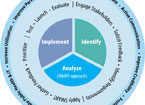
For UX design in healthcare, context is critical. Too many electronic health records have poor usability because they are designed without considering the user experience appropriately. [Read More]
Spanish Language Personas: Informing the Design of Healthcare Websites

Research for Spanish-language personas showed that Latinos in the U.S. have consistent user needs related to culture and language that are applicable to all types of health information websites. [Read More]
UX for Healthcare: What You Need to Know Before You Start

Designing a medical application means paying special attention to patient privacy, safety concerns, and environment where it will be used, as well as legal regulations. [Read More]
Collaborative Healthcare: Credibility and Navigation on the Internet

The Internet enables patients to collaborate with medical professionals to meet healthcare needs – but only when healthcare websites provide credible and usable navigation and organization. [Read More]
Personal Health Metrics and Good UX: Partners in Healthcare

To ensure healthcare programs and applications that use personal metrics are effective in helping people improve their lives, focus on the user experience. [Read More]
Wayfinding in a Hospital: Electronic Kiosks Point the Way

Designing a hospital is a human factors challenge. Good information signs help patients find their way around a large campus. [Read More]
Online Healthcare: Designing Senior-Friendly Privacy

Challenges in creating an online service experience at Philips Home Monitoring for senior users included privacy, user experience, legacy system constraints, and communication. [Read More]
Marking Your Ballot on an iPad: Challenges for Older Adults
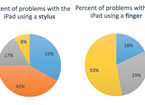
Can older adults use iPads for critical tasks like voting? Residents in long-term care facilities are willing to try, but have trouble with touch interaction. [Read More]
Design for Chronic Conditions: From Understanding to Innovation

Reviews, interviews, and examinations are important but empathic study is crucial for healthy designers to understand the needs of a patient suffering from chronic conditions. [Read More]
Patient Communication: What If You Had a Speech Disability?
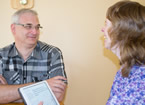
A visit to the doctor can mean a lack of dignity and confidentiality for patients with speech disabilities because healthcare professionals rarely know how to interact with them. [Read More]
UX Maturity Model: From Usable to Delightful

The User Experience Maturity Model (UXMM) evaluates experiences from a baseline of usability to a pinnacle of delightfulness. The model and benefits are described along with how to use it to improve a design. [Read More]
Service Design: Internal Processes for Great Customer Experiences
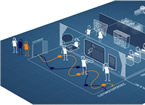
Today’s focus on intangible experiences means designers seek new ways to collaborate with organizations. Service design marries human-centered design with organizations’ operational and process capabilities. [Read More]
Pay Attention (Book Review)
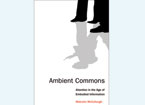
A review of Ambient Commons by Malcolm McCullough. It’s all about paying attention – or not. [Read More]
Sketchnote: Surgery and the Senses
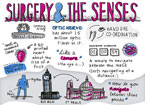
Our intrepid sketchnoter learns about using technology to navigate through the human body. Feeling things you can't see and seeing things you can't touch is changing how surgeons operate. [Read More]
Rubes Cartoon: The Duck and the Psychiatrist

Cartoons from the wild and twisted world of Leigh Rubin, syndicated cartoonist. [Read More]

